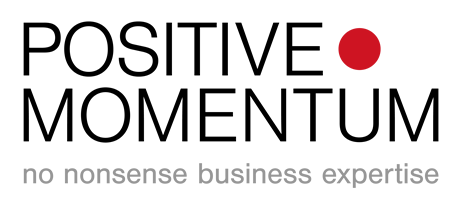In a volatile present and faced with an uncertain future, boards across sectors and geographies are signing off wholesale cost cutting plans. According to the FT, one fifth of UK businesses were already planning redundancies mid-May and that was before we had clarity on the end date for the furlough scheme.
Invariably, human cost savings are high up in this agenda; easiest to identify and quickest to implement. Redundancy planning at its highest level, makes the assumption that all resource is equal. If you had ten machines with precisely the same output capacity, it would be eminently sensible to reduce the number of machines in-line with demand. The productivity of human resource is devilishly difficult to quantify however and most certainly is not equal across individuals. In our work with sales teams, we regularly evidence that 70% of a top performer’s time equates to 110% of a low performer’s in terms of productivity. In addition, they tend to be the fairy dust sprinklers that raise the performance of those around them.
The dangerous assumption is that anyone who retains their job right now should be simply relieved that they dodged a bullet.
There are several reasons why this statement is less true than ever;
- The people you would like to retain are almost certainly those who have choices, even in today’s environment. Those early stage “I’m not looking right now but would be good to have a chat” discussions have been easier to accommodate from our WFH desks.
- Faced with the possibility of a fundamentally changed future and less to distract us from self-reflection over recent months, many of us are coming back to the workplace (virtual or not) with a new perspective on what is important to us. This may or may not include being your highest performer.
- High performers with a number of years under their belt are very likely to have built up sizeable pension funds and repaid personal debt. Faced with strong professional headwinds many of these may choose to make 50 or even 40+ the new 60 and retire over investing themselves in rebuilding your business
To successfully retain your best people, what should your action plan include?
Sell the dream well. Although his leadership style left many things to be desired, Napoleon’s “Define reality but give hope” mantra remains very valid today. Your troops are looking to you to see that there is a way forwards and to understand what part you need them to play. I recall very well the MD of a bank I was working for at the time, pulling his senior team together at the time of the last downturn and telling us the reality (it wasn’t good) whilst giving us no clue on how we were going to address it. We all wandered out of the room seriously concerned with some of us reaching for our Blackberries as we left. Not surprisingly with hindsight, the said MD announced he was moving to another bank the following week. We all need hope to get out of bed in the morning and more than ever right now. The clearer you can be in painting the picture of the path back to a better place, the higher the chance that your top performers will see themselves as playing a part in this (in all likelihood showing the way to the rest of your team).
Be respectful of changed perspectives. A close friend spent 5 weeks in ICU during the peak of the Covid crisis. I am relieved to report she made it out and is making a slow but encouraging recovery. She is a lawyer with whom I have spent many a happy hour over a glass of wine plotting our careers over the years. We haven’t mentioned her work once since she came out of hospital. Once central to her life, it hardly seems relevant right now. When we do, I doubt very much that she will be planning to go back to 12 hour working days and weekends in the office again. Many of us have thankfully (touching all wood) not been impacted directly but that doesn’t mean that we haven’t reflected hard on what we want from the rest of our lives. Taking the time to understand new perspectives and recognising their validity may prevent you losing that great fee earner because they believe the organisation won’t respect their right to a different way of working.
Flexibility which recognises individual needs.Not all of our motivations will be to spend less time working. It may be that the crisis has led us to reflect on our future value in the workplace and you may find your best talent pumped by a desire to expand their knowledge into new areas. Invest the time to understand what motivates them right now, even if you thought you knew. You may have some surprises.
Invest in your talent through the restructuring process. In cost cutting environments, this can seem counter intuitive. If your recovery plan includes growth as well as cost cutting, ensuring your talent feels invested in is a key element of the growth plan comparable with putting high quality oil into the machines you have chosen to retain. As we all know from first-hand experience, talent development should be deployed with great care, taking the time to ensure it is content which is bespoke to your own organisations needs and the current context, delivered by people who have been in the frontline themselves and demonstrate strong empathy for the challenges of the current environment.








